Earth news stories

From the Mediterranean to North America, there’s a lot of evidence that the day the ‘sun stands still’ has been important to humans for thousands of years.
The weary Indigenous men gathered at their base camp, nestled among towering trees and dense vegetation that formed a disorienting sea of green. They had been searching for four lost Indigenous children believed to have survived a plane crash in the ancestral jungle in southern Colombia for more than a month.
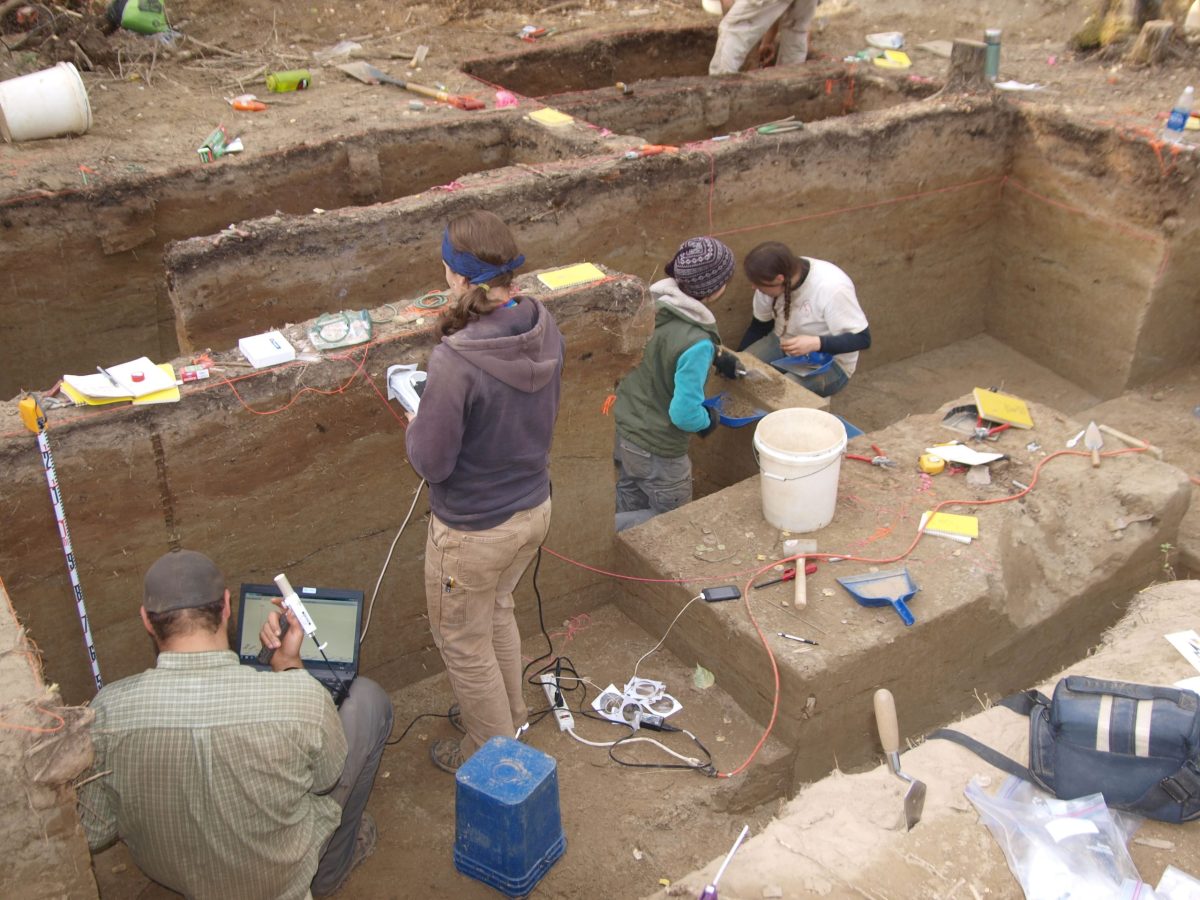
A team led by the University of Alaska Fairbanks researchers has discovered the earliest known evidence that Native Americans living in present-day central Alaska may have begun freshwater fishing around 13,000 years ago during the last ice age. See the study here.
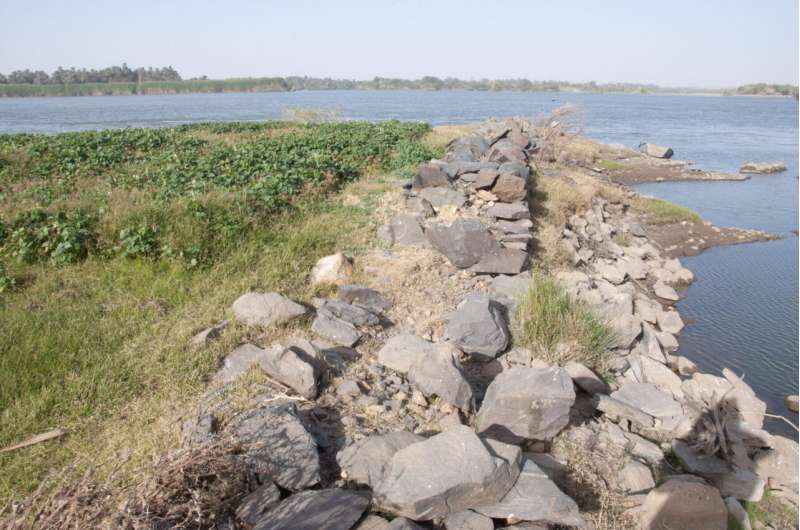
An international team of researchers who discovered a vast network of stone walls along the River Nile in Egypt and Sudan say these massive “river groins” reveal an exceptionally long-lived form of hydraulic engineering in the Nile Valley, and shed light on connections between ancient Nubia and Egypt. See research here.
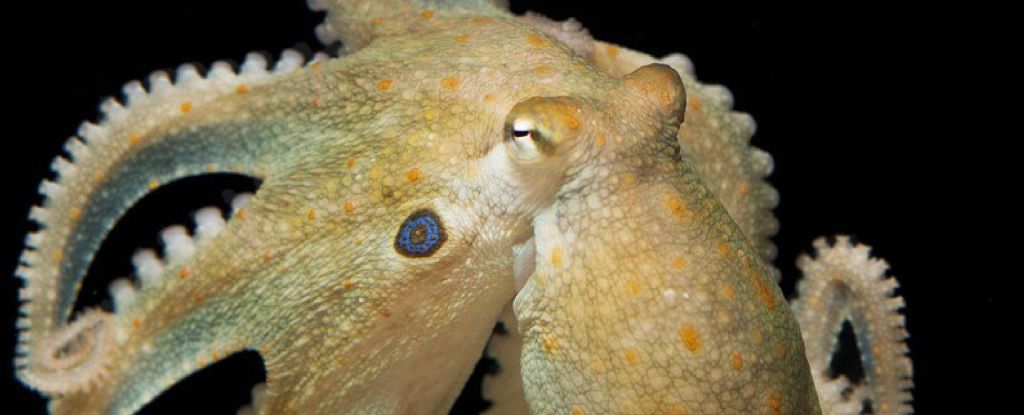
Octopuses have found an incredible way to protect the more delicate features of their nervous system against radically changing temperatures.

The increased use of light-emitting diodes is obscuring our view of the Milky Way as well as taking a toll on human and wildlife health.

More than 5,000 undescribed animal species have been discovered in the depths of a massive “pristine wilderness” in the Pacific Ocean, a new study shows. But researchers warn they could soon be wiped out by deep-sea mining.

In a forest clearing of birch and pine trees in what is today central Europe, herds of long-extinct beasts once gathered to drink on the shores of an ancient lake. Now, researchers have confirmed that early human relatives and their children foraged and bathed among them. See the study here.
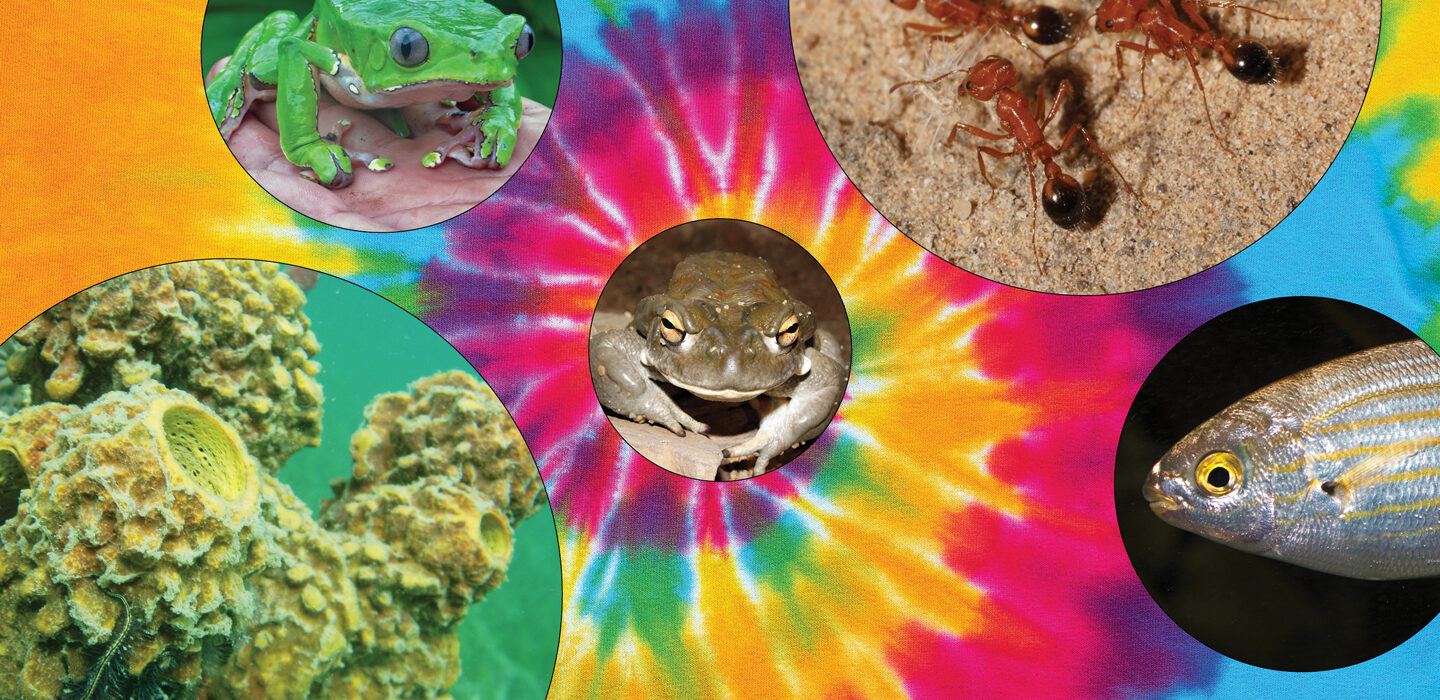
We at Science News heard the PSA loud and clear: Just leave this toad alone. But we couldn’t help but wonder: What other amazing animals may have psychedelic potential? Join us on a tour, by land and sea, of some of the world’s mind-altering fauna.
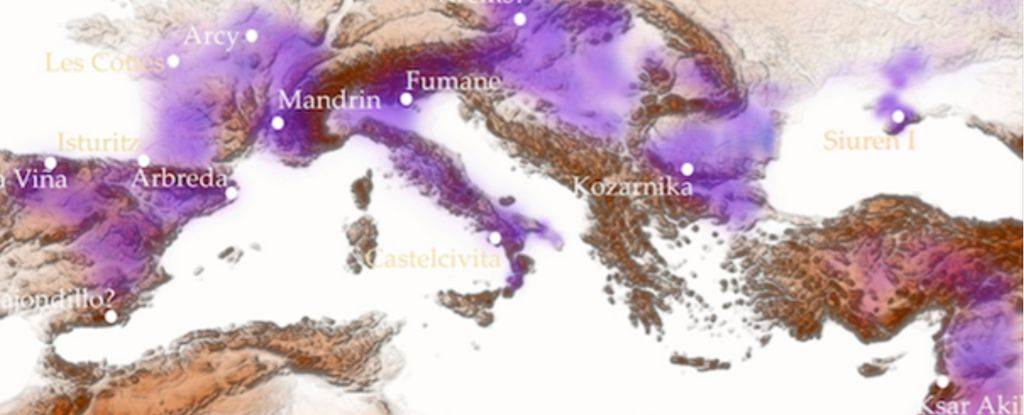
Scientists are rewriting the story of how modern humans first spread out of Africa, and it might contain more run-ins with Europe’s Neanderthals than previously recognized. See the study here.

A new study in the journal Fungal Ecology found that a certain breed of mushroom seems to “talk” using electrical signals — and intriguingly, they get especially chatty after a nice rain. The way they talk after the weather — perhaps about the weather? — has not been reported before.
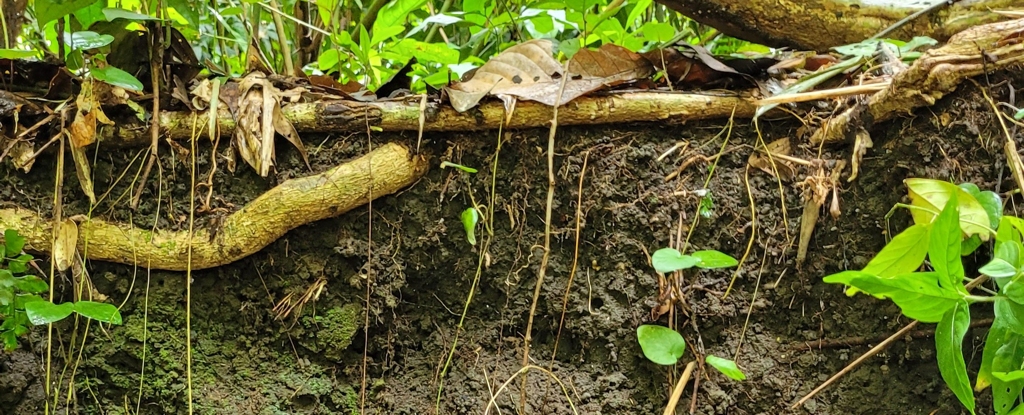
The traditional knowledge that once helped cultivate this precious ecosystem could now help it recover, according to new research by researchers from the University of São Paulo, the Brazilian Agricultural Research Corporation, and the National Institute for Amazonian Research in Brazil.
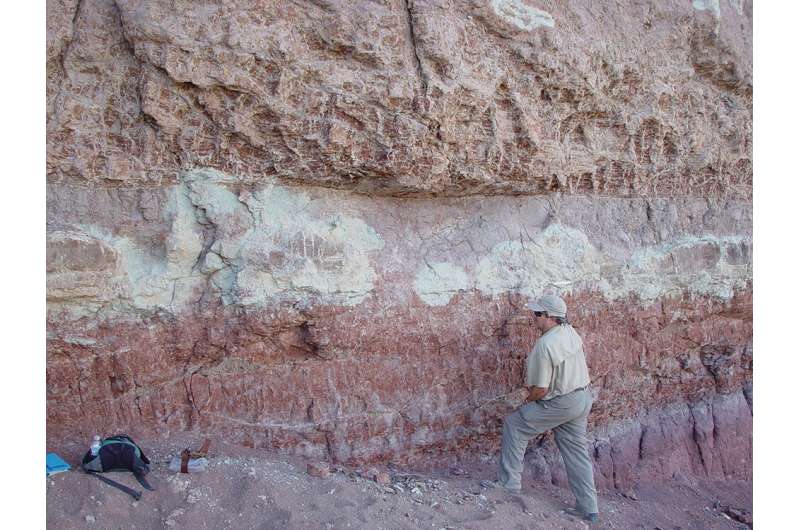
A geological study of the rock formation that encased a fossilized example of the world’s biggest “raptor” shows it’s 10 million years older than previously understood.
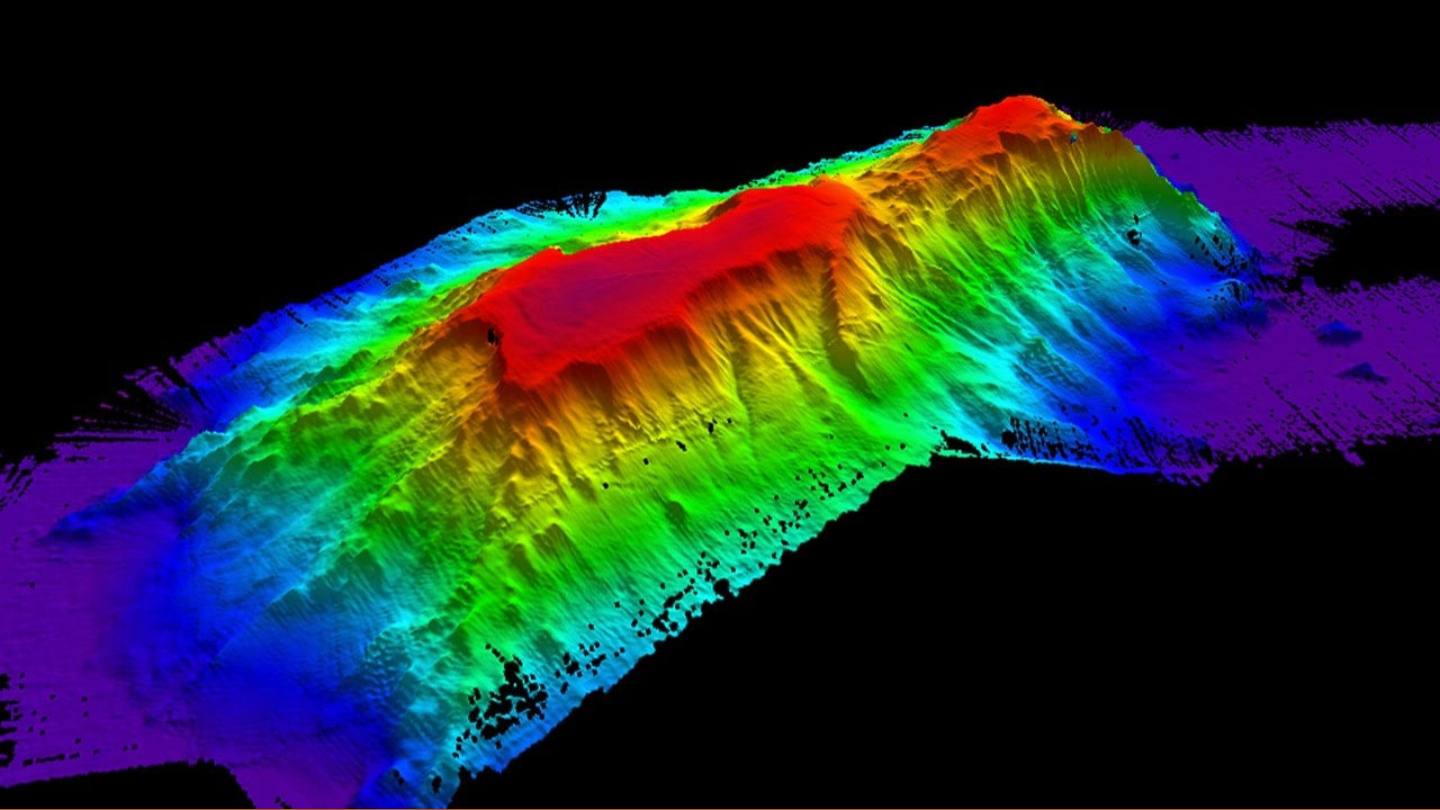
The number of known mountains in Earth’s oceans has roughly doubled. Global satellite observations have revealed nearly 20,000 previously unknown seamounts, researchers report in the April Earth and Space Science.
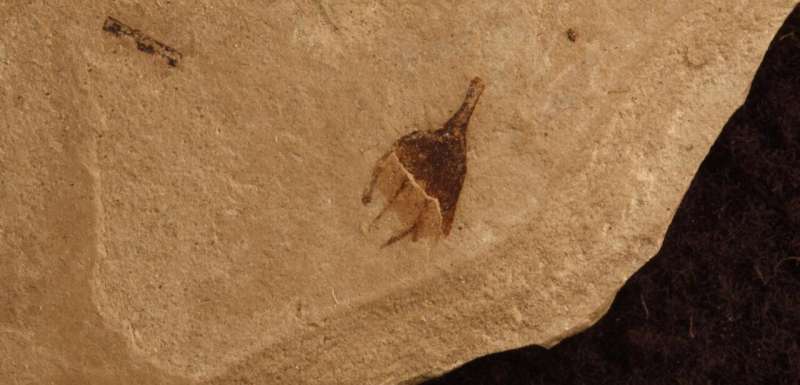
Botanists and paleontologists, led by researchers from CU Boulder, have identified a fossil chili pepper that may rewrite the geography and evolutionary timeline of the tomato plant family. See the research here.
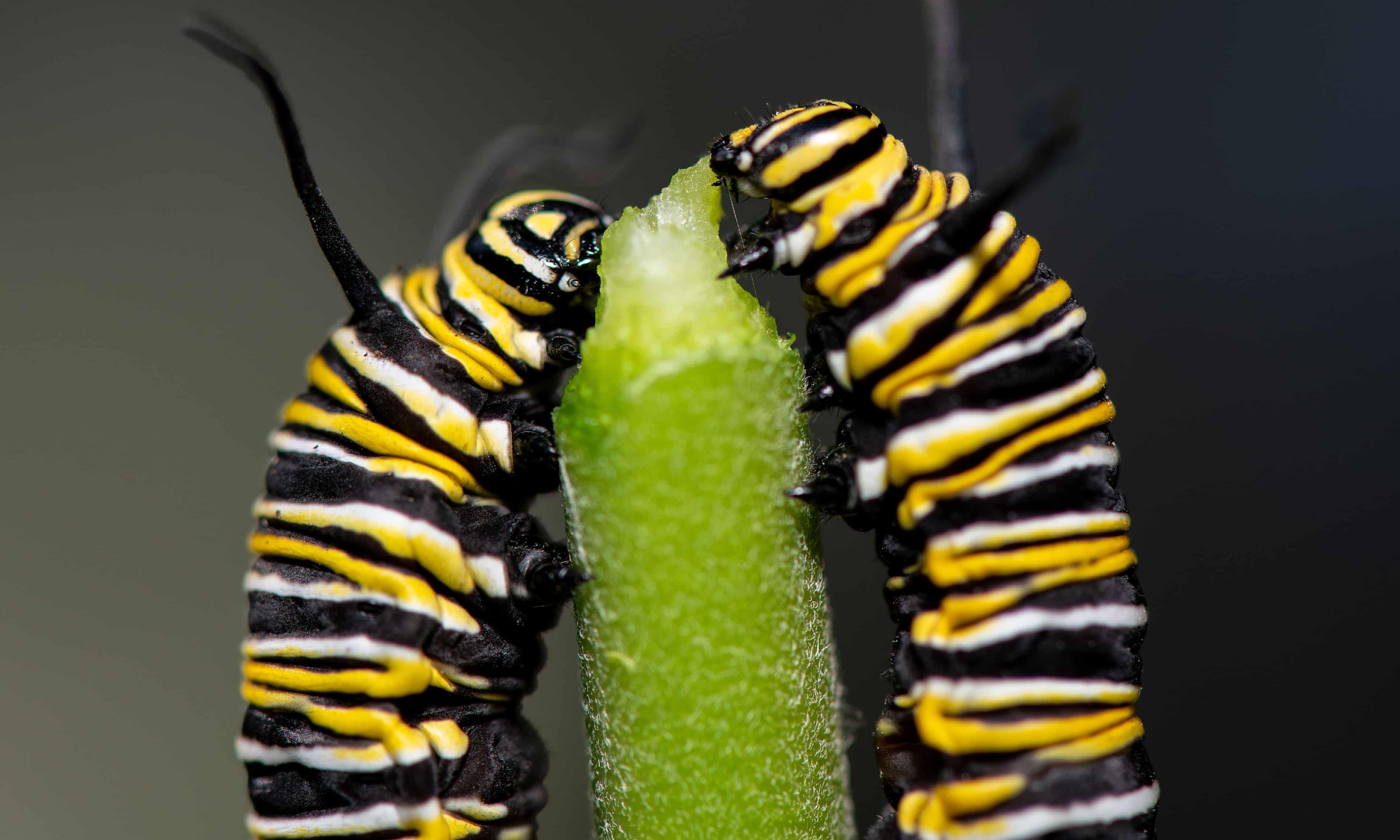
What are the most successful organisms on the planet? Some people might think of apex predators like lions and great white sharks. For others, insects or bacteria might come to mind. But few would mention a family of plants that we see around us every day: grasses.








